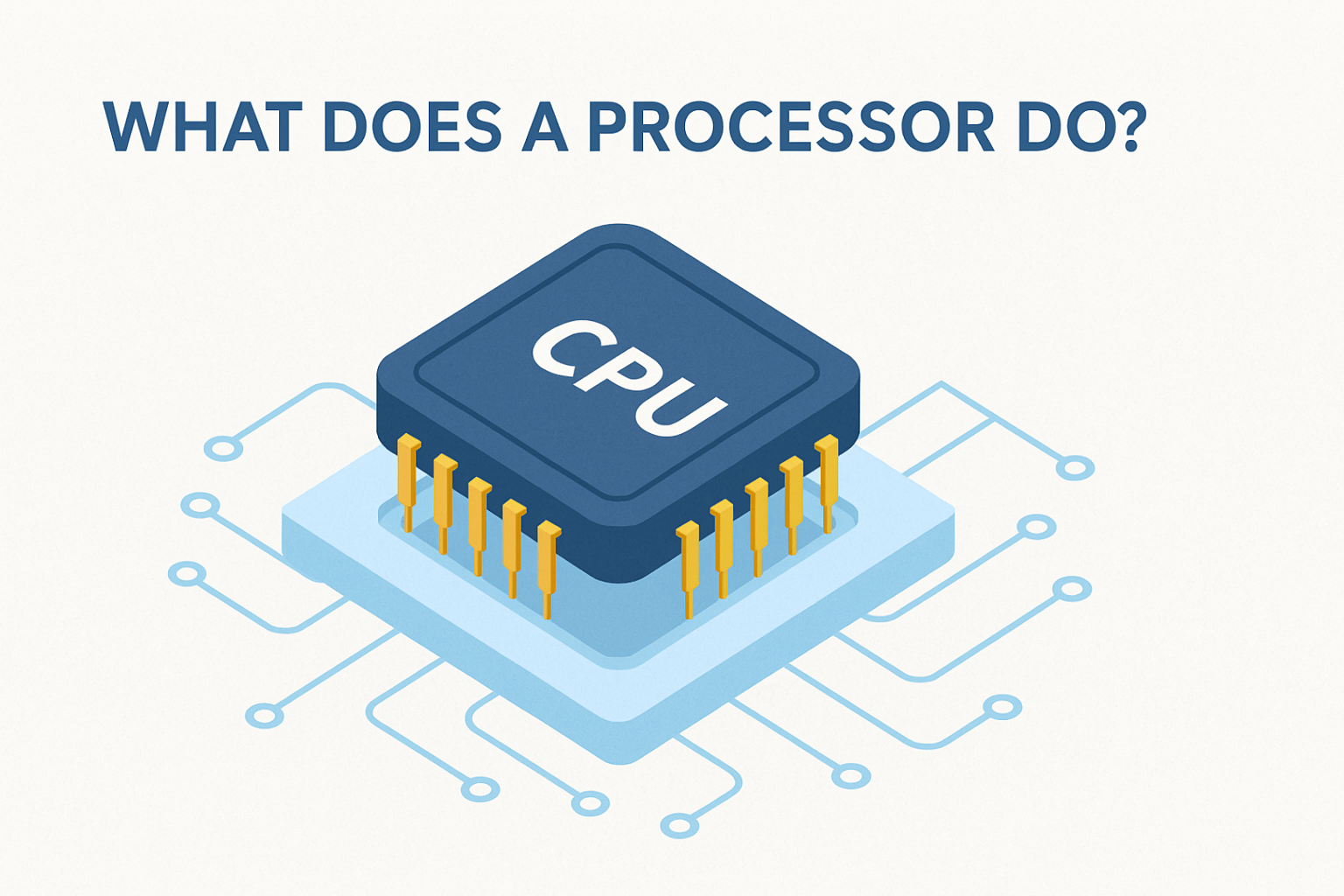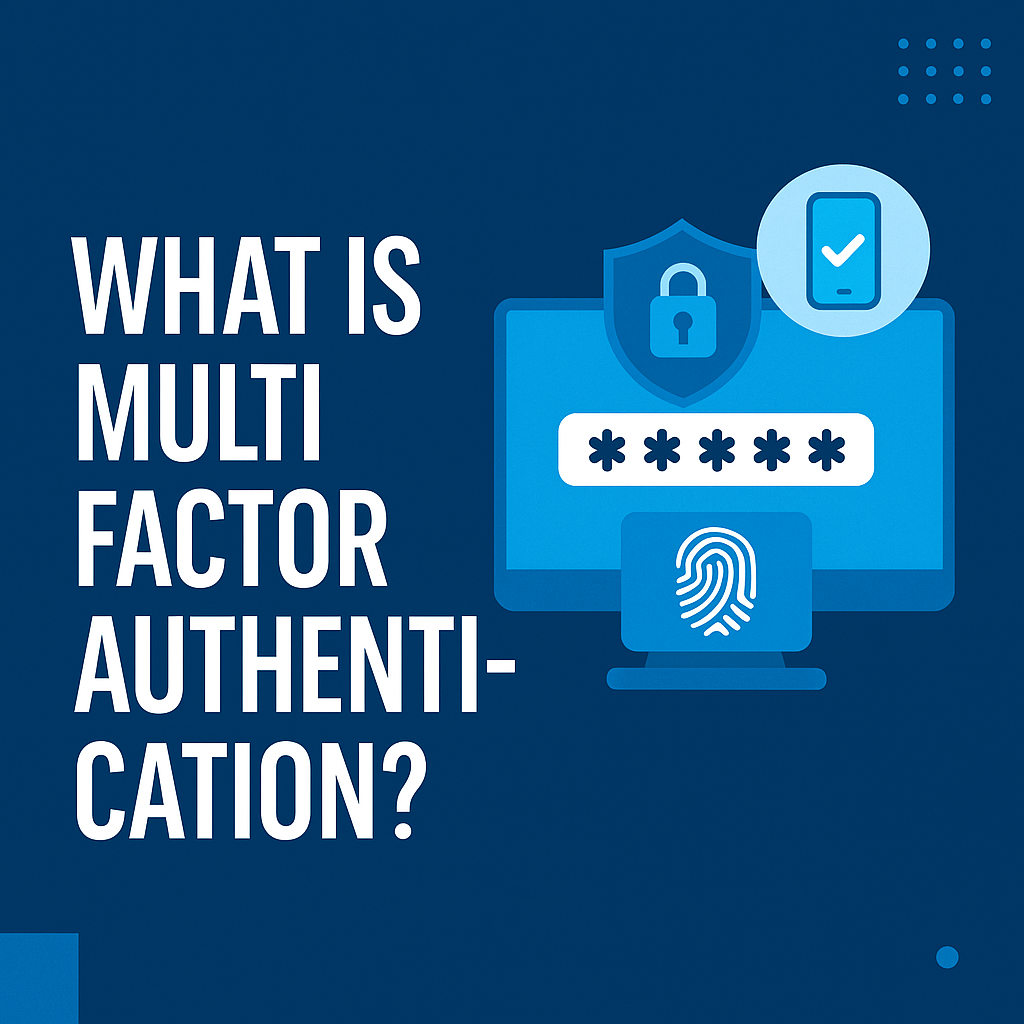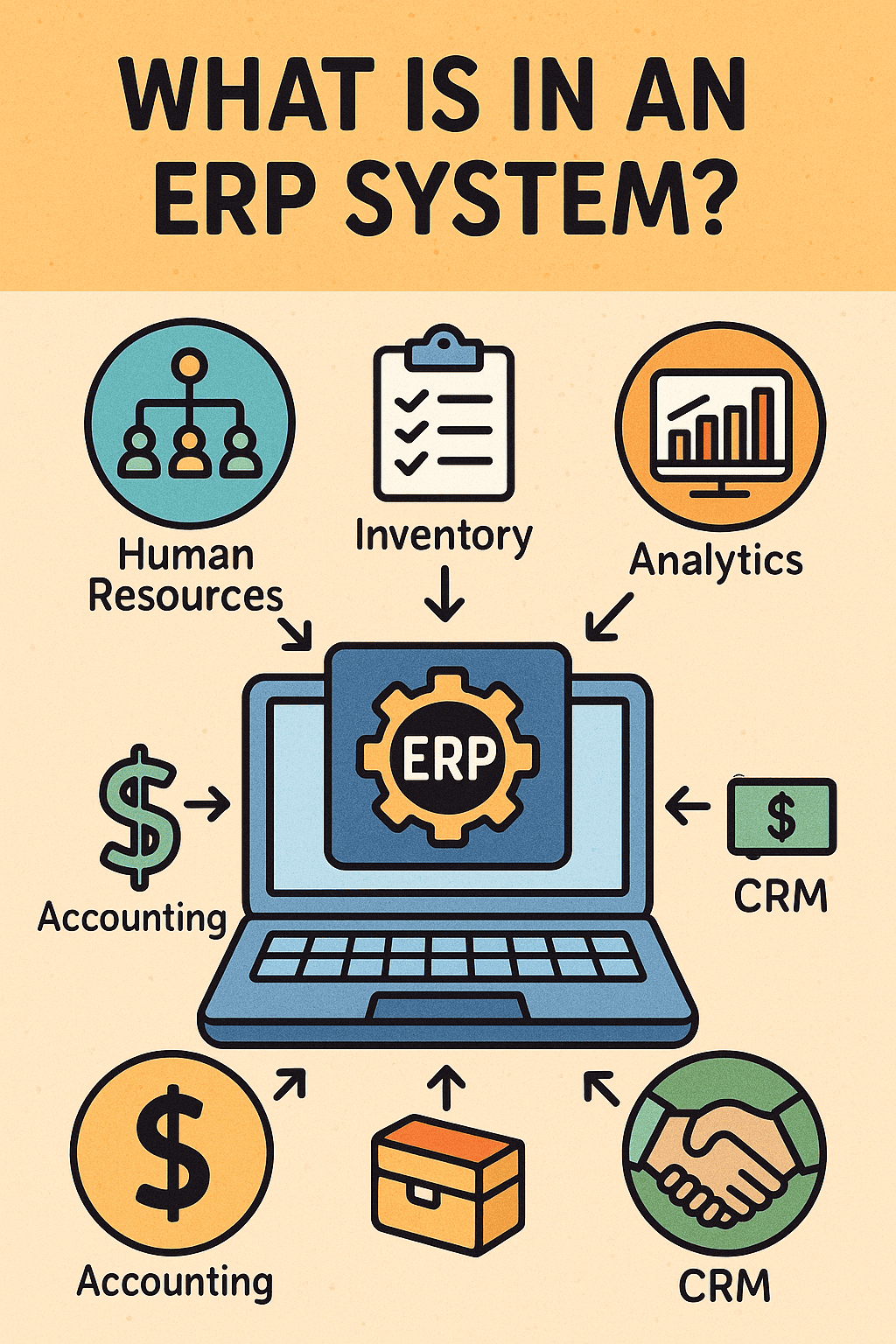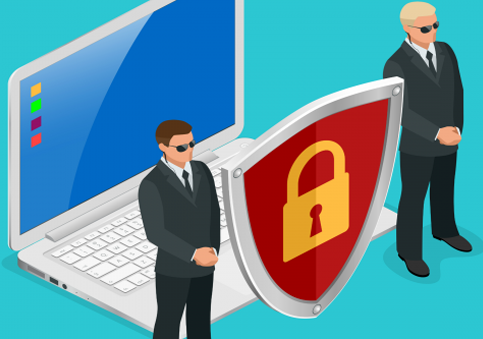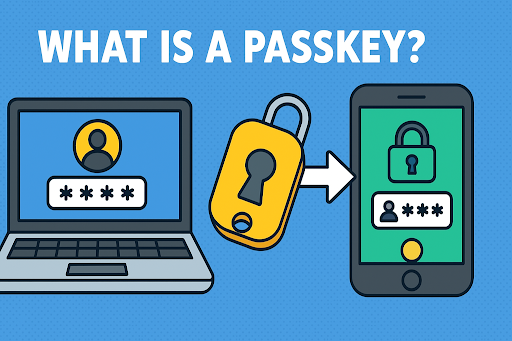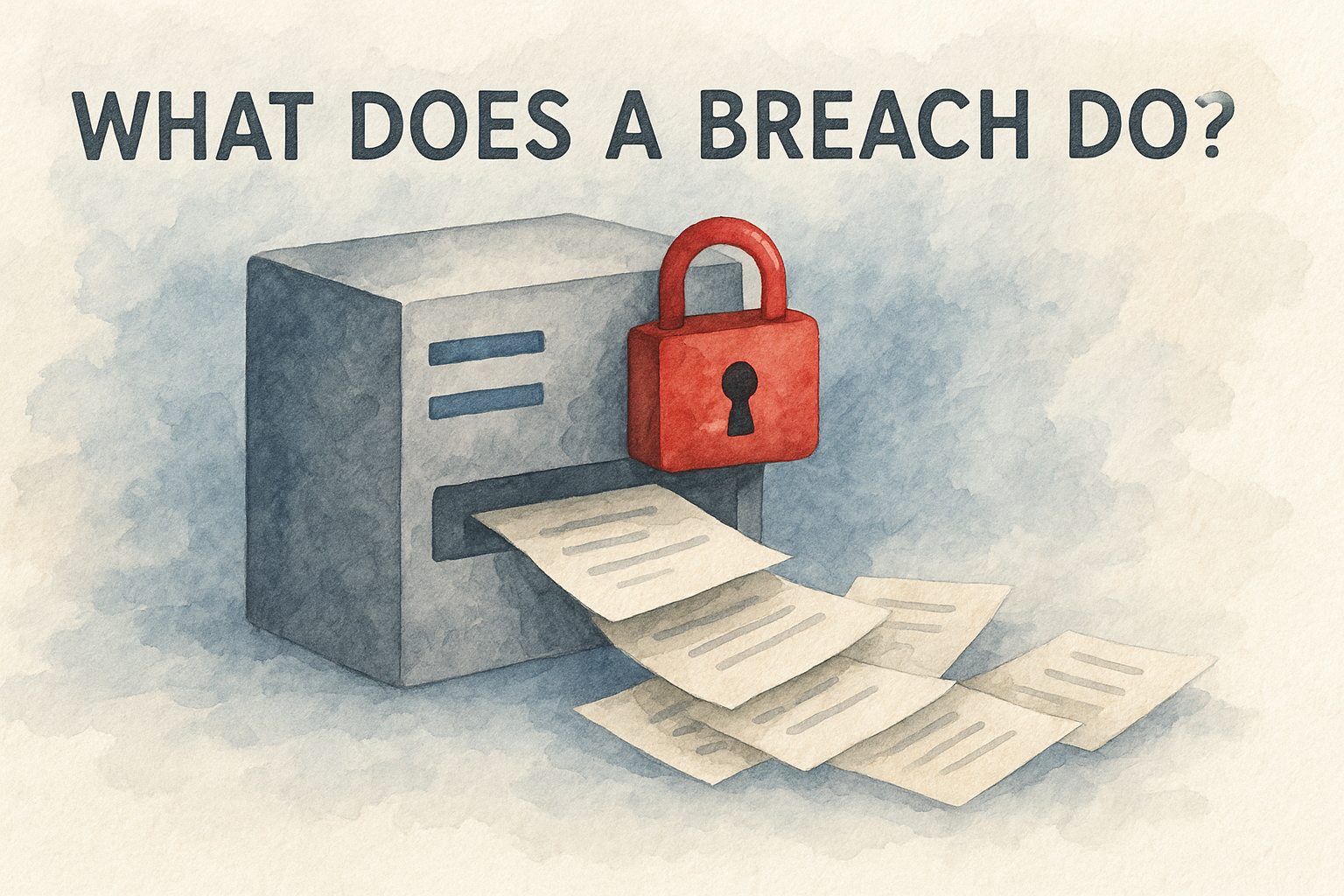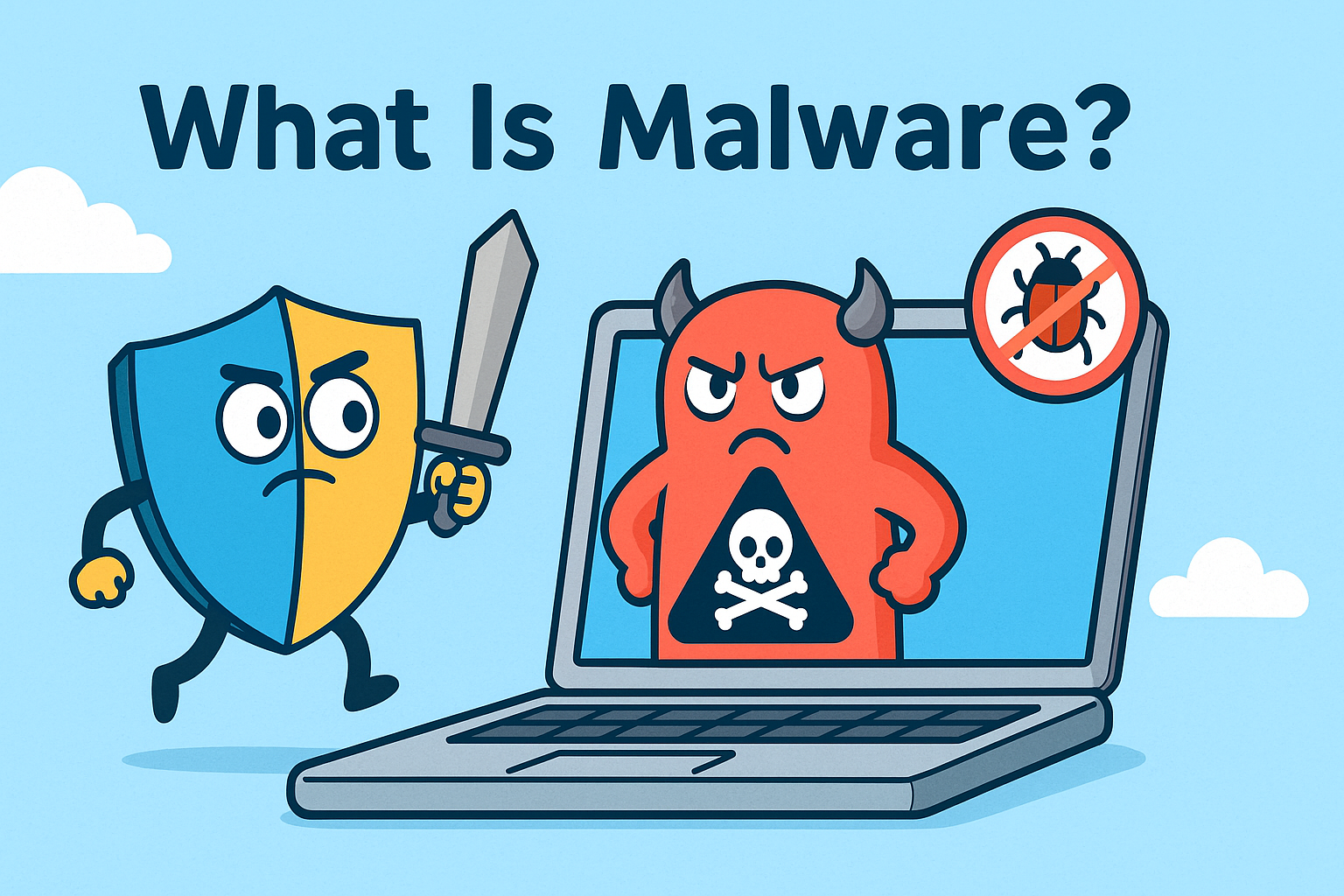What Is a Data Leak? Causes, Risks, and Prevention
Updated on October 14, 2025, by Xcitium
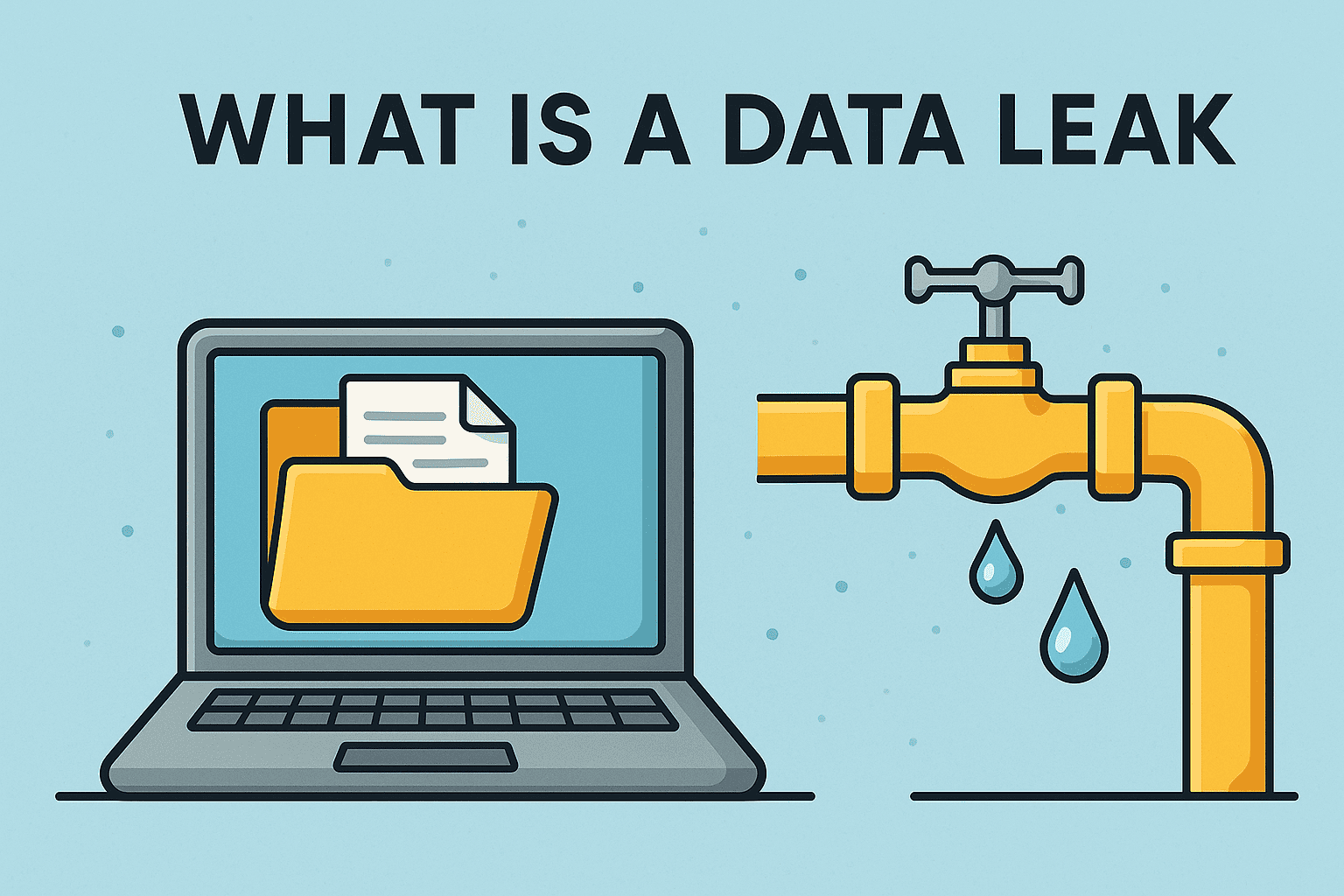
In today’s digital-first world, the term data leak has become a growing concern for businesses and individuals alike. But what is a data leak, and why does it matter? A data leak happens when sensitive information is accidentally exposed, often due to human error, poor security practices, or misconfigured systems. Unlike data breaches, which usually involve malicious hacking, data leaks can occur silently—and often remain unnoticed until it’s too late.
For IT managers, CEOs, and cybersecurity professionals, understanding data leaks is critical. A single leak can compromise customer trust, result in regulatory fines, and open the door for cyberattacks. Let’s break down what data leaks are, their common causes, and how you can prevent them.
What Is a Data Leak?
A data leak occurs when confidential, private, or sensitive information is unintentionally exposed or made accessible to unauthorized individuals. This can include:
-
Personal Identifiable Information (PII) like names, addresses, or Social Security numbers.
-
Financial data such as credit card details or banking information.
-
Intellectual property, trade secrets, and business strategies.
-
Login credentials or access tokens.
Unlike an external hack, data leaks often result from internal mishandling, weak security, or third-party vulnerabilities.
Data Leak vs Data Breach: What’s the Difference?
Many people confuse data leaks with data breaches. While related, they are not the same.
| Aspect | Data Leak | Data Breach |
|---|---|---|
| Cause | Accidental exposure or poor security | Intentional attack by malicious actors |
| Detection | Often unnoticed until exploited | Usually detected through monitoring or alerts |
| Responsibility | Typically internal (employee or vendor error) | External attacker exploiting vulnerabilities |
👉 Both can be equally damaging, but data leaks are particularly dangerous because they may go undetected for long periods.
Common Causes of Data Leaks
Understanding the root causes is the first step toward prevention. Some of the most frequent triggers include:
-
Misconfigured Cloud Storage – Publicly accessible buckets exposing private files.
-
Weak Passwords or No Encryption – Leaving sensitive data vulnerable.
-
Unsecured Endpoints – Laptops, mobile devices, and IoT devices leaking information.
-
Human Error – Employees sharing files with the wrong recipients.
-
Third-Party Vendors – External partners mishandling sensitive company data.
Real-World Examples of Data Leaks
-
Cloud Storage Misconfigurations: Several major companies have accidentally exposed millions of customer records by leaving databases unprotected online.
-
Healthcare Industry: Hospitals have leaked patient data due to mismanaged internal systems.
-
Corporate Email Errors: Employees sending sensitive reports to the wrong recipients can result in unintended exposure.
Each example highlights the importance of proactive monitoring and strong policies.
Risks of a Data Leak
Data leaks may seem like minor slip-ups, but the consequences can be devastating.
-
Financial Loss: Regulatory fines under GDPR, HIPAA, or CCPA.
-
Reputation Damage: Loss of customer trust that can take years to rebuild.
-
Identity Theft: Cybercriminals exploiting leaked PII for fraud.
-
Business Disruption: Leaked intellectual property giving competitors an advantage.
-
Cybersecurity Attacks: Hackers leveraging leaked credentials for larger breaches.
How to Prevent Data Leaks
Businesses need a multi-layered strategy to protect sensitive information.
1. Implement Strong Access Controls
Only authorized personnel should access critical systems and files.
2. Encrypt Sensitive Data
Ensure data is encrypted both at rest and in transit.
3. Monitor Endpoints Continuously
Endpoint security solutions detect and block unauthorized data transfers.
4. Train Employees on Security Awareness
Human error is one of the leading causes of data leaks.
5. Use Data Loss Prevention (DLP) Tools
Advanced DLP solutions identify, monitor, and secure sensitive data.
6. Secure Cloud Configurations
Regular audits prevent misconfigured cloud storage from exposing critical files.
Business Implications of Data Leaks
For executives, the risk of data leaks goes beyond compliance fines. Investors, customers, and stakeholders expect companies to safeguard data as part of their brand promise. In highly regulated industries like healthcare, finance, and government, the stakes are even higher.
Adopting cloud security solutions, endpoint monitoring, and incident response strategies isn’t optional—it’s a business necessity.
FAQs on Data Leaks
1. What is the difference between a data leak and a data breach?
A data leak is usually accidental, while a data breach involves malicious intent.
2. Can small businesses experience data leaks?
Yes, small businesses are often more vulnerable due to weaker security policies.
3. What industries are most at risk of data leaks?
Healthcare, finance, and retail face high risks due to sensitive data handling.
4. How can employees help prevent data leaks?
By following security protocols, using strong passwords, and avoiding risky file-sharing practices.
5. What’s the first step if a data leak is suspected?
Immediately isolate the affected system, investigate the source, and notify compliance authorities if necessary.
Conclusion
So, what is a data leak? In simple terms, it’s an accidental exposure of sensitive information that can have far-reaching consequences. While not always caused by hackers, data leaks open the door to fraud, identity theft, and reputation loss.
To safeguard your business, combine employee awareness, endpoint monitoring, and advanced cybersecurity solutions.
👉 Protect your enterprise from accidental leaks with Xcitium’s cybersecurity solutions today.




